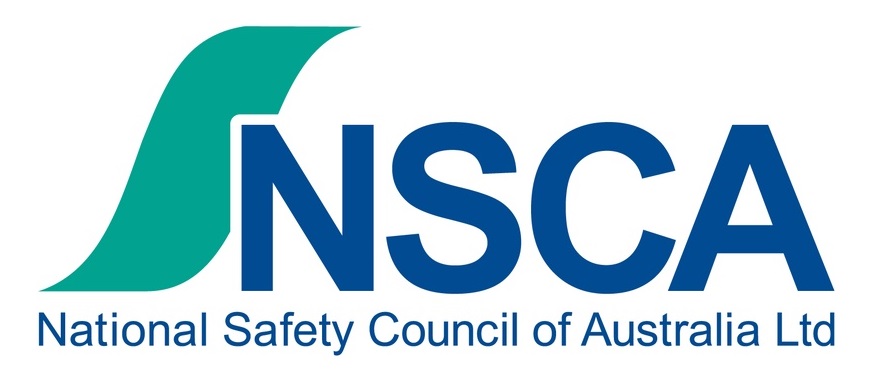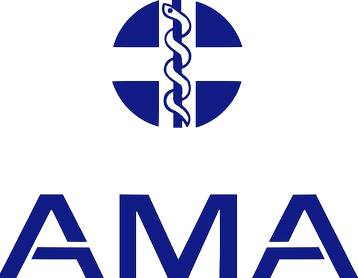Book in your Hazardous Substance Medicals today by contacting our medical reception nationally on 1300 880 804, simply CLICK HERE to get in touch with our team, or fill out the contact form at the bottom of this page, and we will assist you promptly.
Health Monitoring for Beryllium under WHS Regulations
We prioritise the wellbeing of workers exposed to inorganic lead. Under the Work Health and Safety (WHS) Regulations, stringent measures are in place to ensure the safety and health of individuals engaged in Beryllium risk work.






Beryllium is a versatile grey metal found in nature, often as a mineral combined with silica or aluminium and silica. It exists in a free metal state or as an ion. Naturally occurring as the silicate bertrandite and aluminosilicate beryl, beryllium has a wide range of applications across various industries.
Industrial Uses of Beryllium
Beryllium metal is invaluable in high-performance and high-tech applications:
Health Monitoring Under WHS Regulations
Monitoring includes:
Health Monitoring Before Starting Work
During Exposure to Beryllium
Beryllium Exposure Standards
The workplace exposure standard for beryllium and its compounds is:
Removal and Return to Work
Routes of Occupational Exposure
Target Organs and Effects
Acute and Chronic Effects
Carcinogenicity
Most beryllium compounds are classified as Category 1B carcinogens under the Globally Harmonised System of Classification and Labelling of Chemicals (GHS), indicating they are presumed to cause cancer in humans.
Working with beryllium can pose significant health risks. Under the Work Health and Safety (WHS) Regulations, beryllium and its compounds are listed as restricted hazardous chemicals and require authorisation from a relevant WHS regulator for use in abrasive blasting at concentrations above 0.1 percent.
Sources of Non-Occupational Exposure
Non-occupational exposure to beryllium primarily comes from:
Beryllium is also present in consumer products such as computers, mobile phones, and televisions, though direct contact is unlikely.